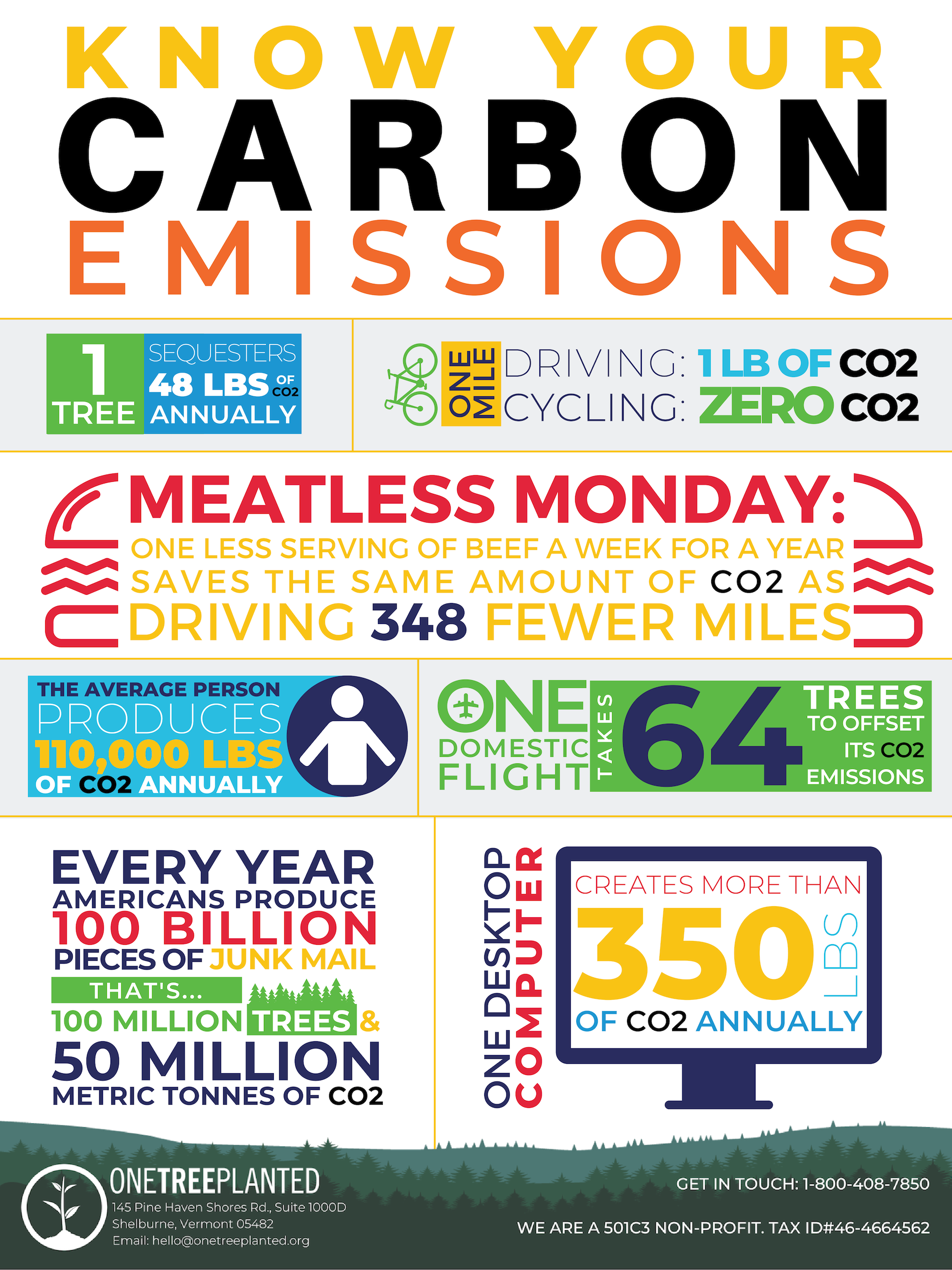
- #REDUCE CARBON EMISSIONS UPDATE#
- #REDUCE CARBON EMISSIONS CODE#
Transportation. ODOE will work with the Oregon Department of Transportation, Department of Environmental Quality, other state agencies, and utilities to conduct a statewide transportation electrification infrastructure needs analysis to support transportation electrification goals. Visit Oregon's Transportation Emissions Website. ODOE is hosting stakeholder panel meetings to discuss this work. #REDUCE CARBON EMISSIONS CODE#
We will also work with BCD to report on current progress toward achieving a goal of at least 60 percent reduction in new building annual site energy consumption, and we'll work together to agree on metrics to inform the baseline and reduction associated with code updates. ODOE will work with the Building Codes Division to adopt building efficiency goals for 2030 for new residential and commercial construction. ODOE launched a rulemaking process to establish new rules for energy efficient products by September 1, 2020.

The directive builds on work ODOE has already been doing toĮstablish appliance standards.
#REDUCE CARBON EMISSIONS UPDATE#
We will also work to periodically update the standards to keep them stringent.
Energy Efficiency Standards. ODOE is tasked with specific direction to pursue emissions reductions by establishing and updating standards for products at least to levels equivalent to the most stringent standards among West Coast jurisdictions. Reducing Greenhouse Gas Emissions Currently selected. Commissioning Requirements & Qualified Commissioning Firms. Audit Requirements & Qualified Energy Audit Firms. Public Purpose Charge (SB 1149) Fleet Audits, Zero Emissions Vehicles, and Charging Stations. Public Purpose Charge (SB 1149) Schools Program Guidelines. Public Purpose Charge (SB 1149) Schools Program. Consumer-Owned Utility Electric Vehicle Mapping Project. Large Electric Consumer Public Purpose Program. Energy Efficiency Standards: Appliances and Other Products. Oregon Renewable Energy Siting Assessment (ORESA). Recent Federal Investments in Energy and Climate. Rural & Agricultural Energy Audit Program. Community Renewable Energy Grant Program. Energy Efficient Wildfire Rebuilding Incentive. Incentives for climate-friendly food consumption and reducing food waste. Carbon storage in soil and vegetation through pilot programmes for climate-friendly land use. Reducing methane emissions from livestock through improved processing of manure. Sustainable heating in greenhouse horticulture. Introduction of a minimum CO 2 price for electricity production. Subsidies for additional renewable energy capacity (wind and solar) until 2025 estimated 70% renewable share in electricity production by 2030. Accelerating offshore wind power, also growth of onshore wind and solar energy. Phasing out coal-fired electricity generation by 2025/2030, first plant to be closed by 2020. Funding for innovation aimed at hydrogen and other sustainable fuels. Renewable Energy Grant Scheme (SDE) and CO 2-reducing options in industry, such as CC(U)S. Introduction of a targeted carbon levy, starting at €30 per tonne in 2021 and rises to €125-150 per tonne in 2030, including the Emissions Trading System (ETS) price, on every tonne emitted exceeding a fixed reduction path. Smart solutions will enable logistics to organise more efficient and sustainable transport. Modal shift from car to bicycle / public transport. Incentives for electric vehicles through several taxation measures, including in support of the used car market 1.8 million charging points by 2030. All new passenger cars to be emission-free by 2030. Energy tax system improved with stronger incentives for energy efficiency and CO 2-reduction. 

Municipalities take the lead in a local, participative approach, to make housing emission free, neighborhood by neighborhood.New buildings will no longer be heated with natural gas existing buildings need to be improved to enable fossil-free heating as well.Enhancing the energy efficiency of 1.5 million homes and a reduction of 1 megatonne CO 2 for utility buildings.The participating sectors are: electricity, industry, built environment, traffic and transport, and agriculture and land use. The National Climate Agreement contains agreements with the sectors on what they will do to help achieve these climate goals. One of the delicious and healthy ways to reduce your carbon footprint is to switch to high-protein vegetables and certain grains for some of your meals. The Climate Act calls for a 49% reduction in greenhouse gas emissions by 2030, compared to 1990 levels, and a 95% reduction by 2050. Climate Agreement to achieve reduction goals Goals and measures to reduce the emissions of greenhouse gasses within the Netherlands are laid down and agreed upon in the Climate Act and the National Climate Agreement. The Dutch government is doing many things to prevent climate change.







 0 kommentar(er)
0 kommentar(er)
